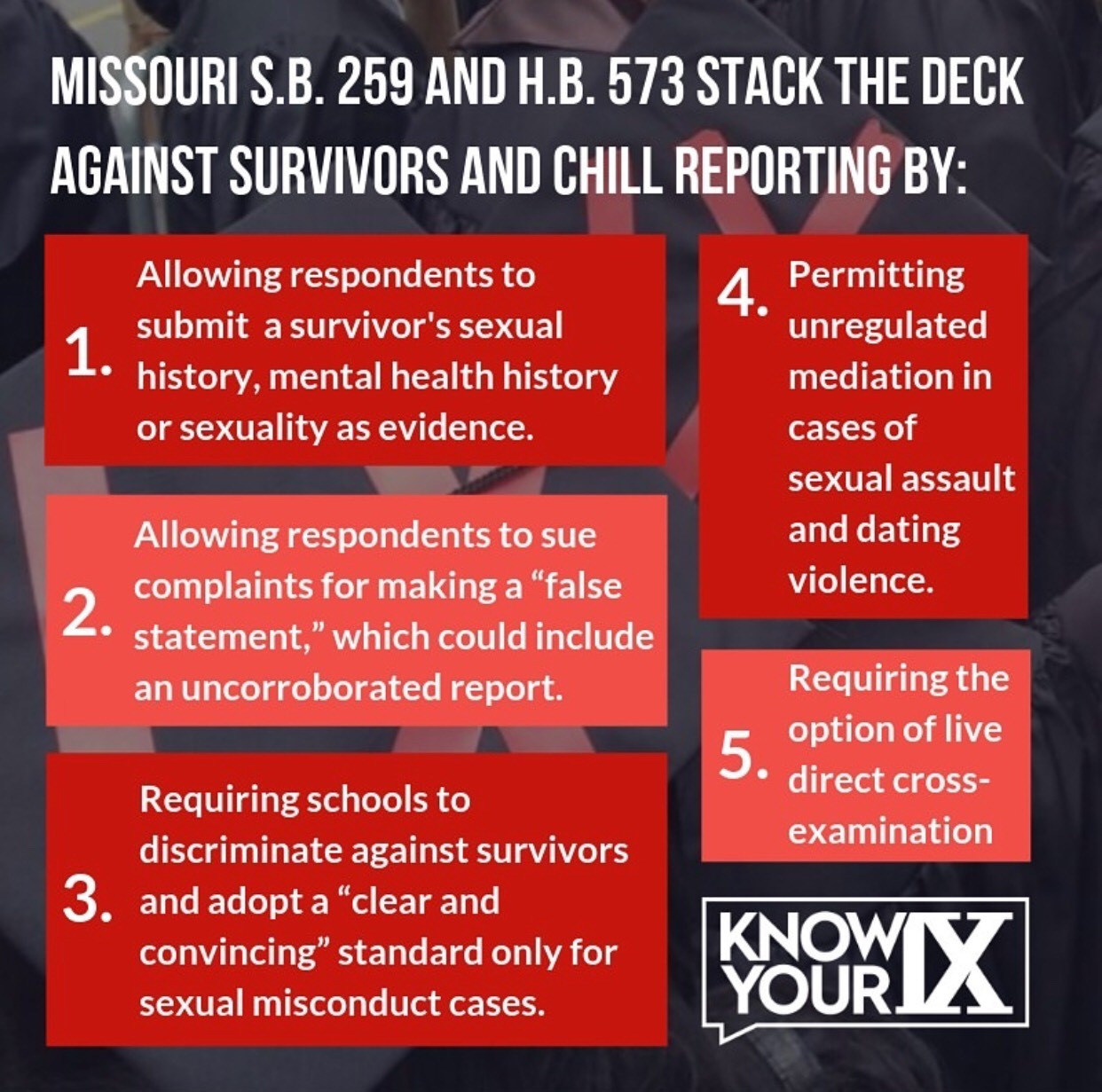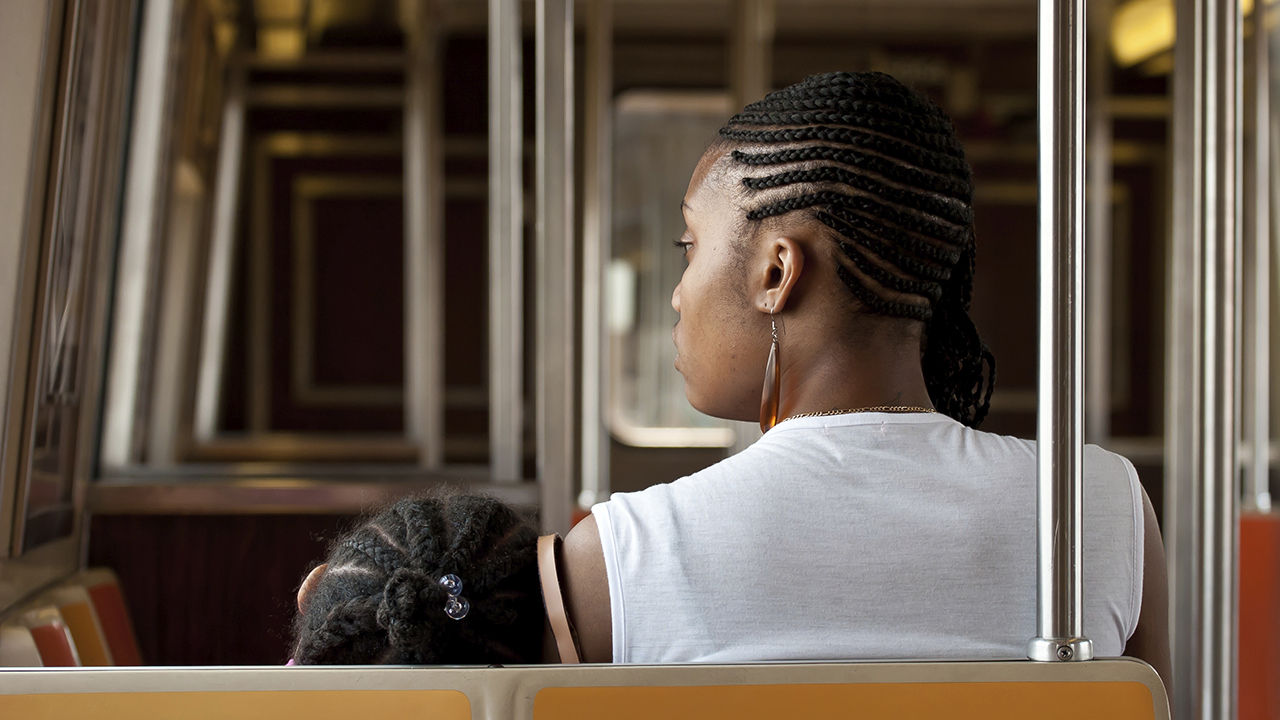Abortion rights, women of color, and LGBTQIA+ people are under attack. Pledge to join us in fighting for gender justice.
Keeping Trans Athletes Off the Start Line Will Not Fix Girls’ Sports


Update: On March 30th, Idaho Governor Brad Little signed these bills into law.
Yesterday, the Idaho Senate passed a bill that would ban trans athletes from competing in high school and college sports. Supporters of this illegal and discriminatory bill claim that women’s sports are broken, and that girls in track and field need their protection to succeed.
But they’re wrong. I know because I was one of the girls they claim to want to protect.
I ran track and field for four years in high school and for two years at the NCAA Division I level. I fell in love with track as a thirteen–year-old because it rewarded determination and grit over natural ability. At barely five feet tall, I quickly realized that I would never be the strongest athlete on a start line. But with hard, consistent training and (just a little) stubbornness, I could beat runners who towered over me. My track career taught me that there is no ideal runner’s body, and that the beauty of the sport stems in part from the physical diversity of its athletes. Every runner brings their own set of strengths and weaknesses (both mental and physical) to the start line, and trans athletes are no different.
That’s why seventeen states and the District of Columbia already protect transgender athletes’ rights to compete as they are, and why both the NCAA and the International Olympic Committee (IOC) have allowed trans athletes to play for over a decade. Inclusive policies have not negatively impacted girls’ and women’s sports, and have paved the way for athletes like Chris Mosier, who was the first openly trans athlete to compete in the U.S. Olympic Trials in any event, and Megan Youngren, who was the first openly trans athlete to compete in the U.S. Olympic Trials in the marathon.
Anti-trans organizations and lawmakers are correct when they say that being a girl in track and field is not easy. Over the past year alone, the sport has been rocked by stories of disordered eating, abusive coaching, and a “win-at-all costs” culture that puts girls’ mental and physical health on the line. These systemic problems affect young athletes every day, and none of them have anything to do with competing alongside trans girls.
If lawmakers and school administrators are serious about protecting girls in sports, they must focus on affirming girls’ rights to be safe and healthy athletes, regardless of what their bodies look like. That means hiring women coaches, ensuring that school teams have access to registered dieticians, and investing in mental health supports for athletes. It means working to close opportunity gaps that keep girls of color from experiencing the many physical, academic, and social benefits associated with school sports. It means compelling athletic sponsors to stop treating pregnancy like an injury, and to start giving their athletes the paid leave that any parent deserves. And it means protecting trans girls by allowing them to fully participate as themselves.
Fearmongering around trans athletes not only distracts from the issues that actually threaten girls’ futures in sport – it also sets a dangerous precedent around policing gender. Many high school girls have complicated relationships with their sports and with their bodies. This is not a time when a girl should have to prove that she is “girl enough” to get on the playing field, particularly when doing so requires undergoing an invasive physical examination like the ones authorized by Idaho’s anti-trans bill. Over half of girls quit participating in sports by the time they turn 17. We can’t afford to push out even more.
High school track and field gave me confidence, taught me the importance of hard work, and made me part of a community. Most importantly, it let me discover the pure joy of running. I feel most like myself when I’ve laced up my shoes and am out on a long run, with the wind on my face and a familiar burn in my lungs. That’s a gift I want any girl – trans or cis – to have.




